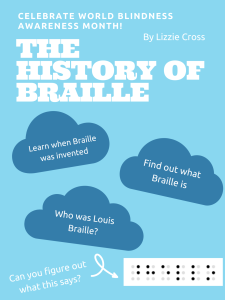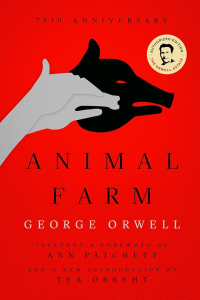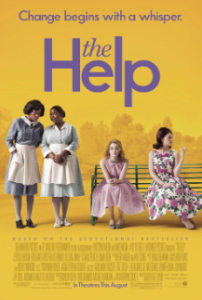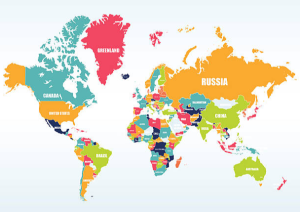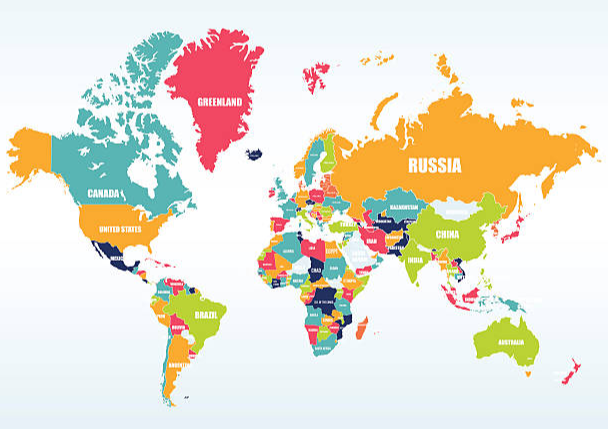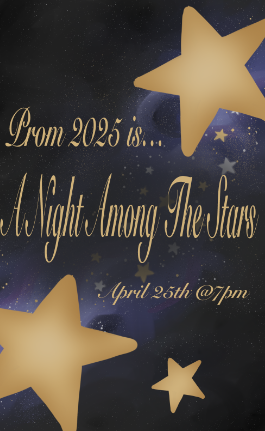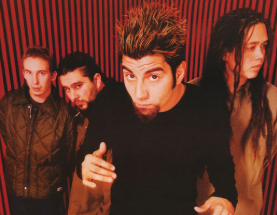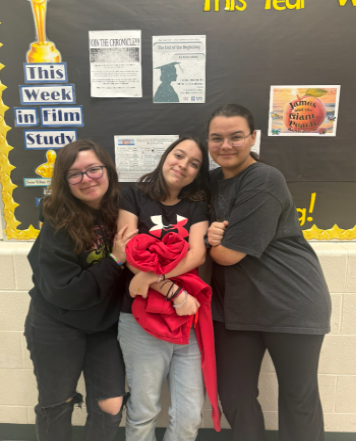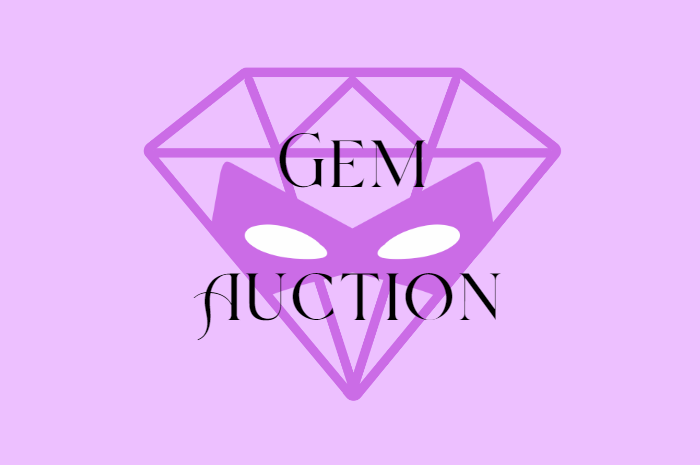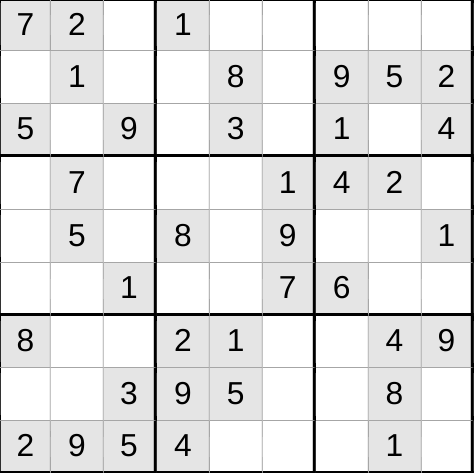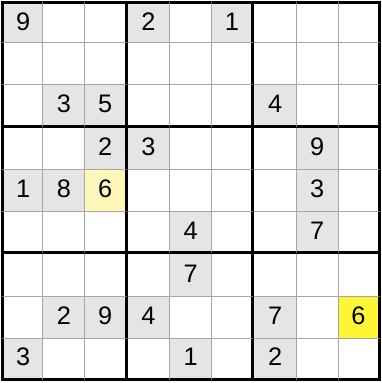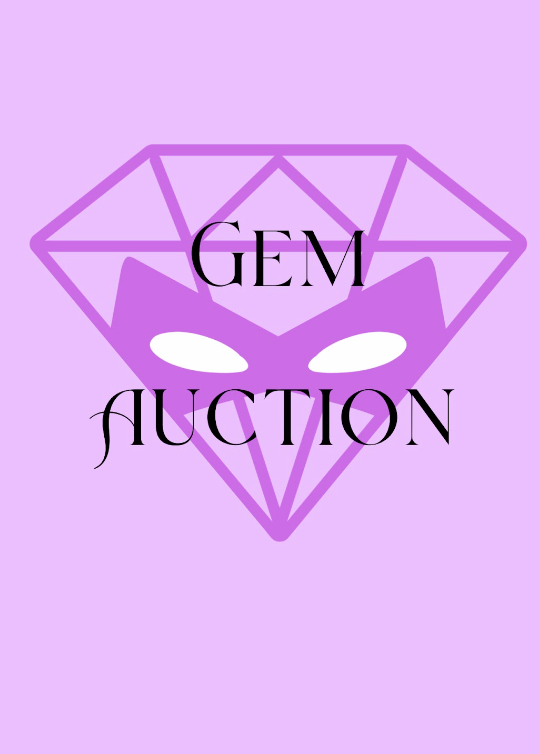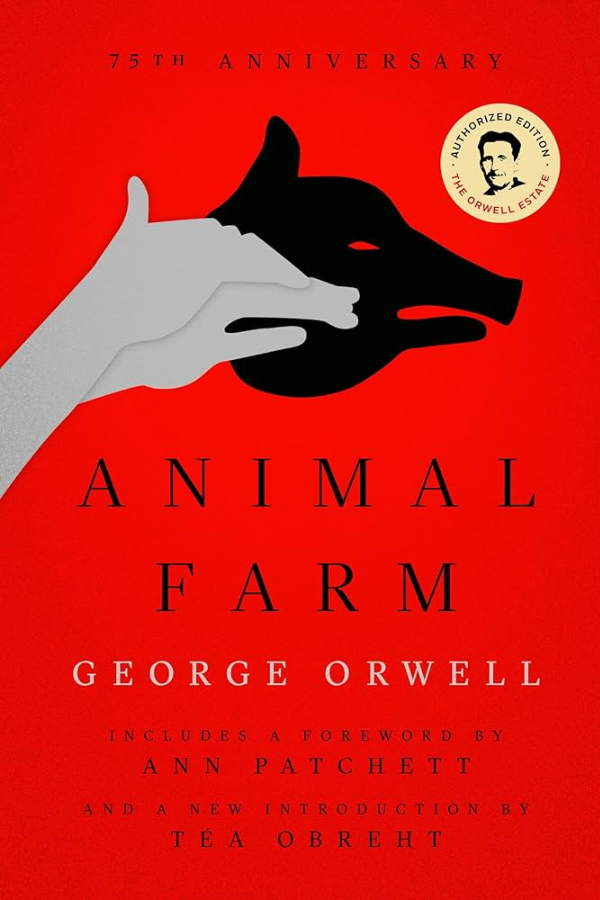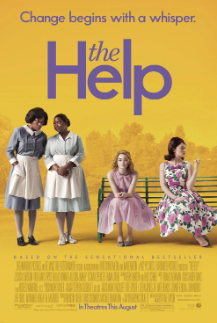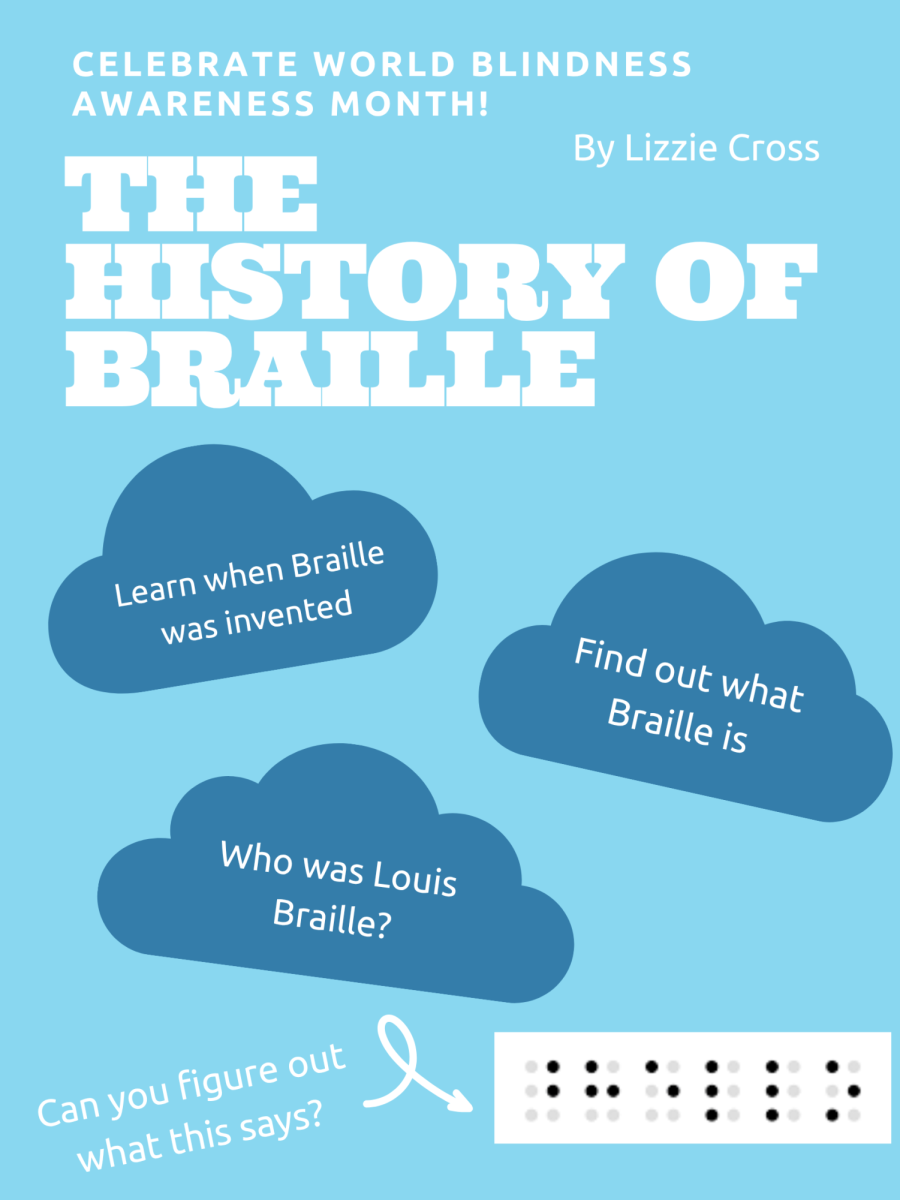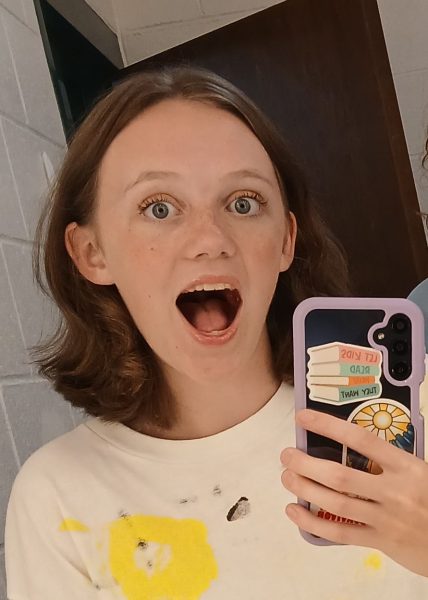Well, Cougars, it’s already October! As well as Halloween, Breast Cancer Awareness Month, and Yom Kippur, it’s also World Blindness Awareness Month! Although blindness has existed forever, there’s one invention that severely influenced life for the visually impaired. This invention is called Braille, and without it, life for the blind would be much harder than it is already.
What is Braille?
Braille is a tactile (can be felt) reading and writing system that is used by the visually impaired. It consists of raised dots that can be felt by the fingers. In a cell, which is a 2-by-3 rectangle of dots, different dots are raised to represent different letters, enabling people to read by feel.
Who First Invented Braille?
In the very early 1800s, a soldier named Charles Barbier noticed several soldiers had been killed because they wrote messages by candlelight, making them vulnerable to attacks. He developed a form of writing called “night writing.” This was very similar to Braille, but it had a 6-by-2 cell, making it much larger and harder to read. Modern-day braille is 2-by-3, so the entire finger can cover it, making it easier to read.
Louis Braille
Louis Braille was a Frenchman born in 1809. When he was very little, he lost his sight when he accidentally stabbed himself in the eye with his father’s awl. At age 11, he was inspired by Charles Barbier’s “night writing” to create a form of communication for the blind that was more efficient. He modified it over the next nine years to the six-dot system we know today as Braille. Over time, the rest of the world accepted this as the fundamental form of communication for those who could not see.
Why use Braille?
Although there are alternatives to Braille, such as text-to-speech, which reads aloud the words on the page, or raised English letters, Braille has the most benefits. Braille is more compact, and faster/easier to read and learn than raised lettering. Text-to-speech has many disadvantages, such as the need for an electronic device, and/or a power cord. Raised English letters can be beneficial to those who lose their sight later in life, but it is less accessible than Braille. Braille lettering can be found widely across the United States. It’s on the placards to different classrooms in our school building, and on street crossing buttons in Center Square. In the modern day, there are many machines, books, and other forms of media that make braille use easy and accessible for everyone!
